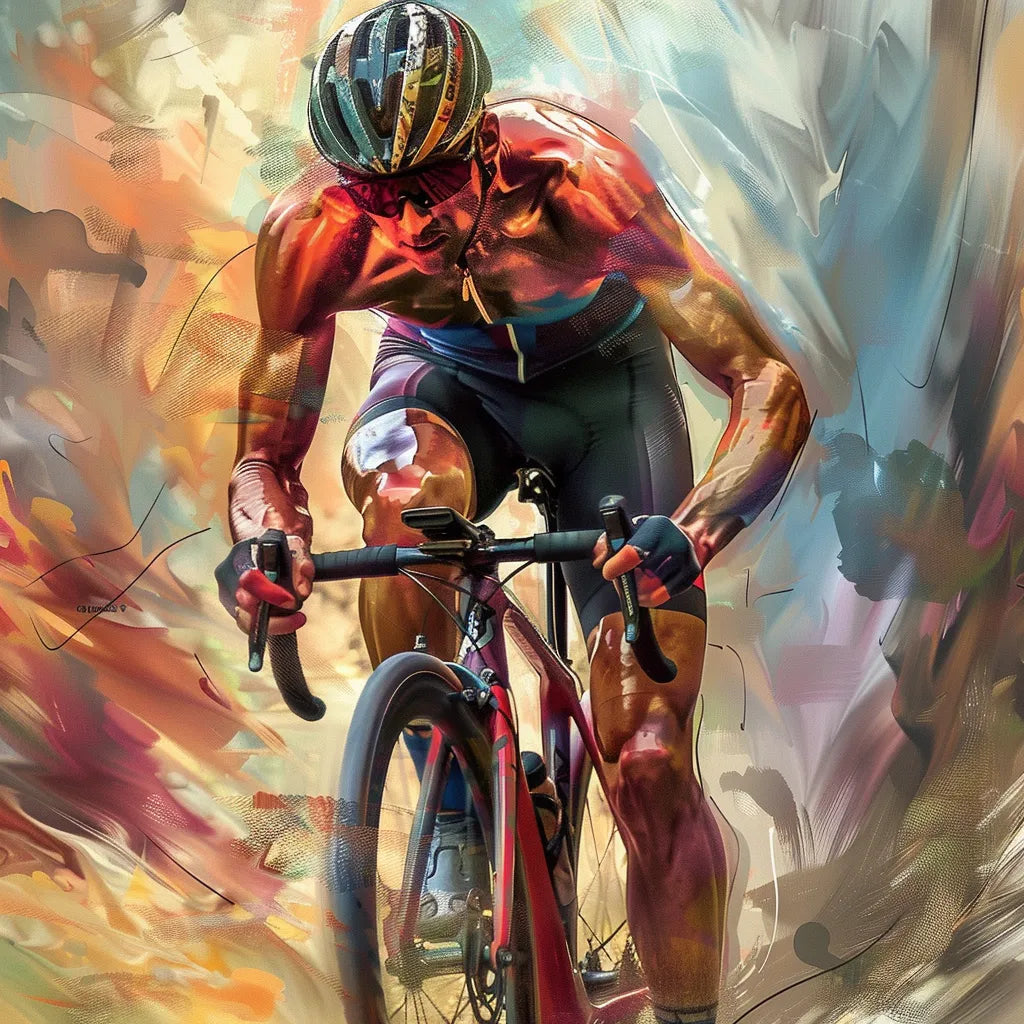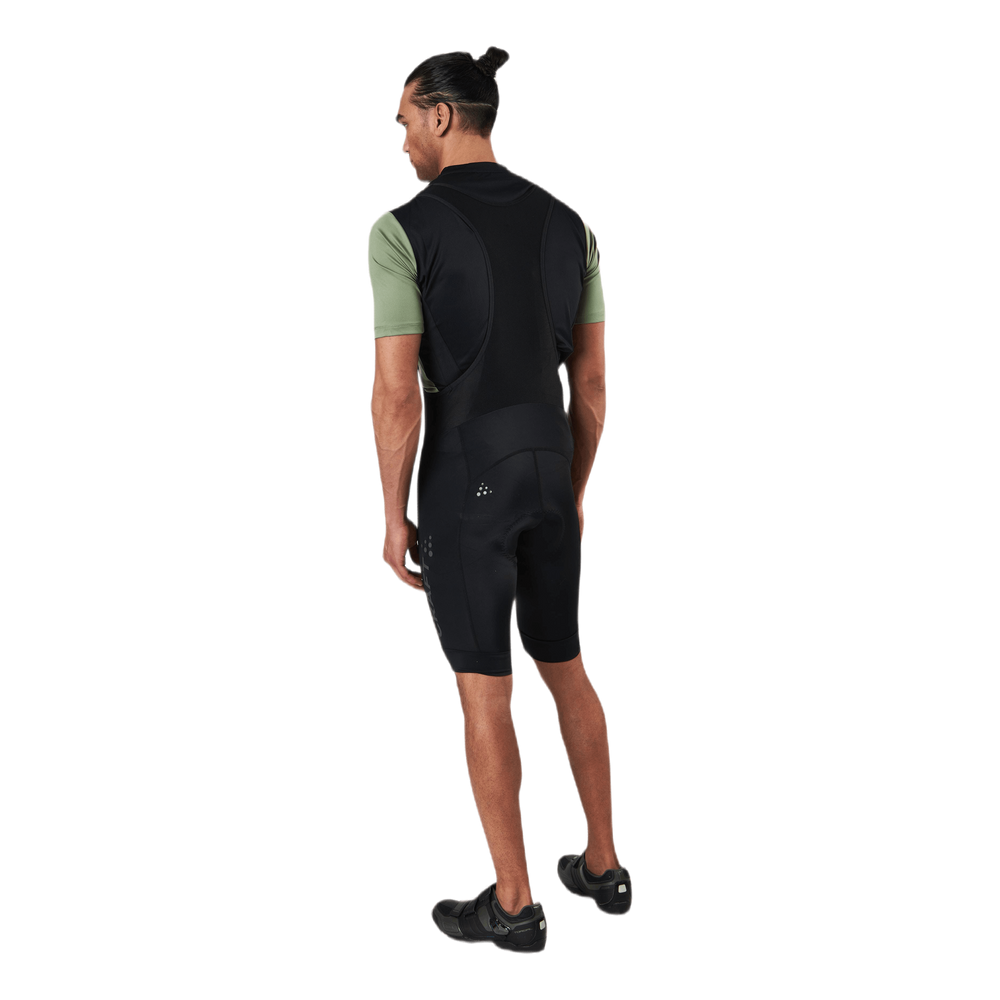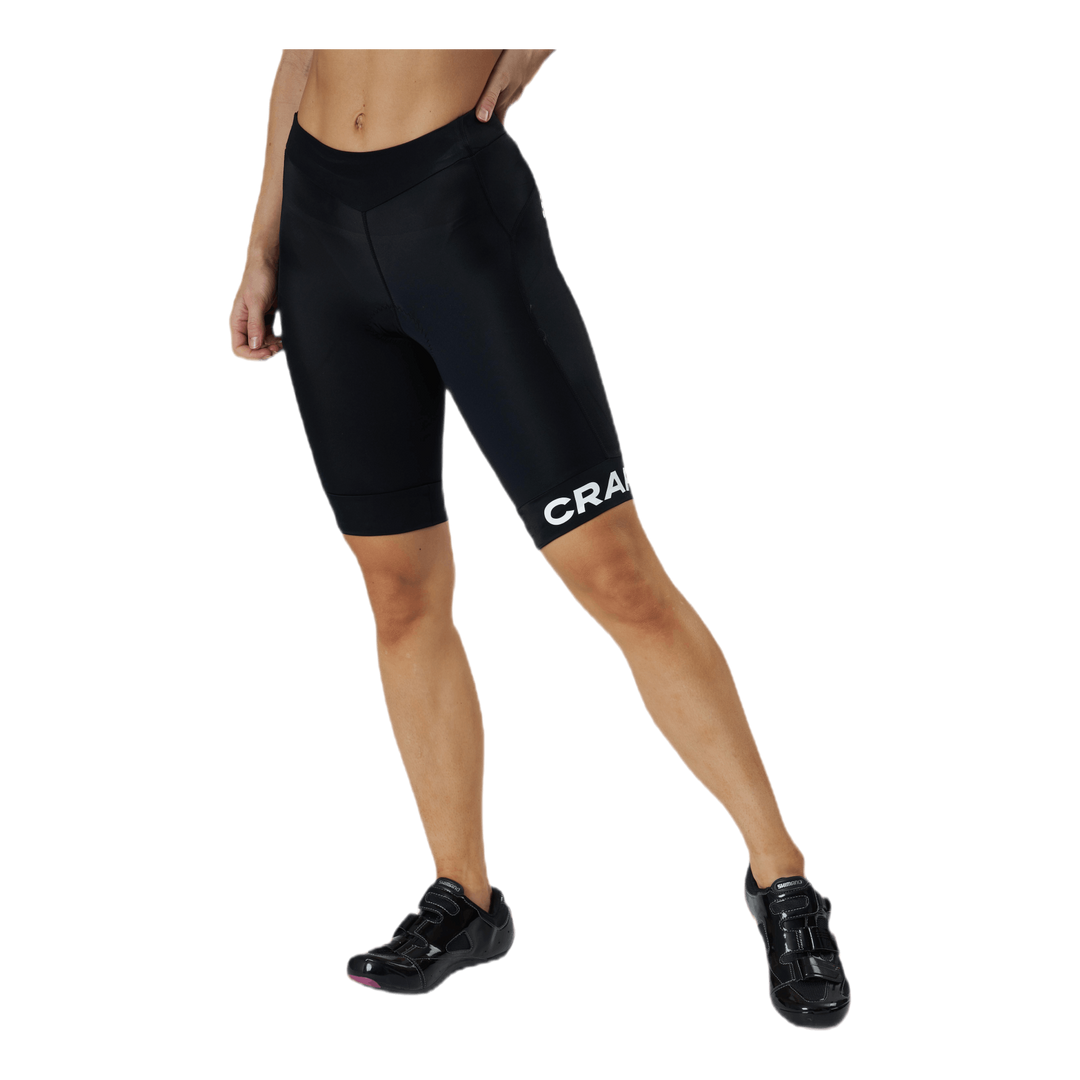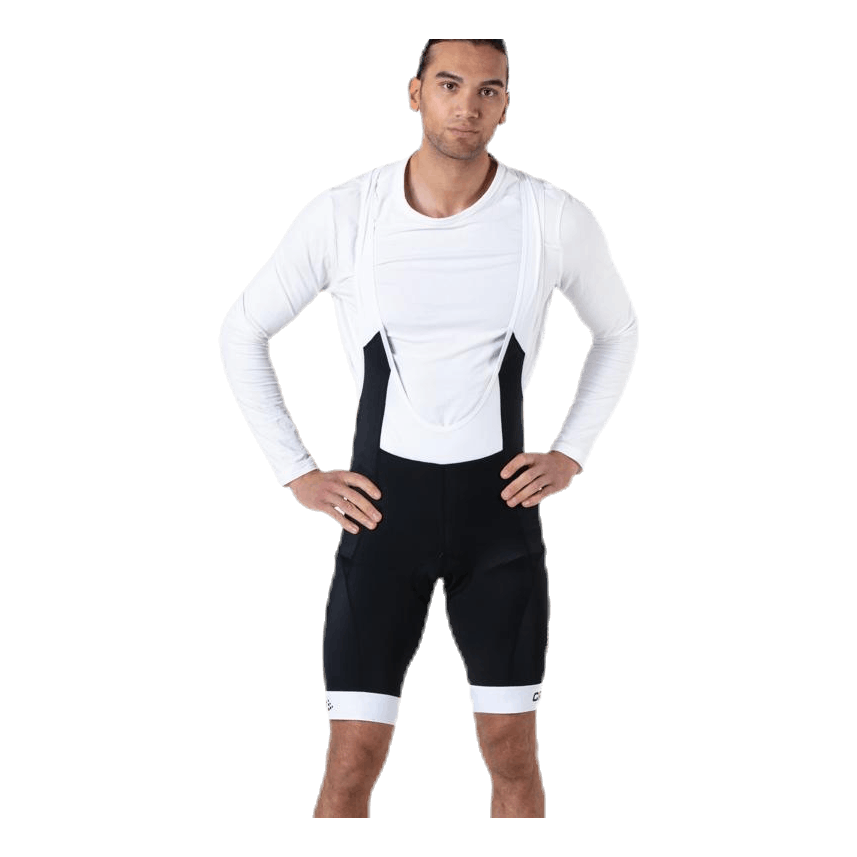
Full Body Cycling: What Muscles Are Actually Trained?
A Full-Body Workout on Two Wheels
Cycling is not only an eco-friendly and convenient way to get around, but it's also an effective form of exercise that engages the entire body. Many people think cycling is primarily about leg muscles, but the truth is that a variety of different muscle groups are activated when you pedal. Let's take a closer look at which muscles work the hardest during a bike ride.
The Powerhouse of the Legs
It's true that the leg muscles play a central role in cycling. Above all, it's the large muscle groups in the thighs and calves that do the heavy lifting:
- Quadriceps (front of thigh)
- Hamstrings (back of thigh)
- Gluteus maximus (buttocks muscle)
- Calf muscles (gastrocnemius and soleus)
These muscles work together to generate the power that propels the bike forward. The quadriceps and hamstrings work in a dynamic interplay, with the quadriceps activating when you push down on the pedal and the hamstrings when you pull it back up. The gluteus maximus provides extra power on inclines and during accelerations. The calf muscles stabilize the foot on the pedal and help transfer the force from the legs to the pedals.
The Unsung Heroes of the Upper Body
Although the legs do the bulk of the work in cycling, the muscles of the upper body are just as important. They help stabilize the body, maintain an aerodynamic position, and handle the bike in different situations.
Core - The Body's Center
The core muscles, including the abdominals, back muscles, and pelvic floor muscles, are crucial for keeping the body stable and balanced on the bike. A strong core allows you to transfer power from your legs more efficiently and reduces the risk of injury and imbalance.
Upper Back and Shoulders
The muscles in the upper back and shoulders, such as the trapezius, rhomboids, and deltoids, are activated when you grip the handlebars and hold your upper body in the correct position. They also help absorb shocks from the surface and reduce the load on the spine.
Forearms and Hands
Even the small muscles in the forearms and hands work hard during cycling. They stabilize your grip on the handlebars and operate the brakes and gears. Building strength in these muscles can prevent issues like numbness and carpal tunnel syndrome.
Optimize Your Cycling Workout
Now that you know which muscles are activated during cycling, you can tailor your training to get the most out of every pedal stroke. Here are some tips:
- Vary the terrain - Cycling on hilly terrain and alternating between seated and standing positions challenges the muscles in different ways.
- Train the whole body - Complement your cycling with strength exercises for the core, upper body, and legs to build a strong and balanced physique.
- Stretch after your session - Stretching helps the muscles recover and maintain flexibility.
- Adjust the bike to your body - Proper settings for the saddle, handlebars, and pedals optimize power transfer and reduce the risk of overuse injuries.
So, the next time you hop on your bike, think about all the amazing muscles working together to propel you forward. With proper training and technique, you can turn every bike ride into an effective and enjoyable full-body workout. Start pedaling and feel the power in every muscle – from top to toe!












